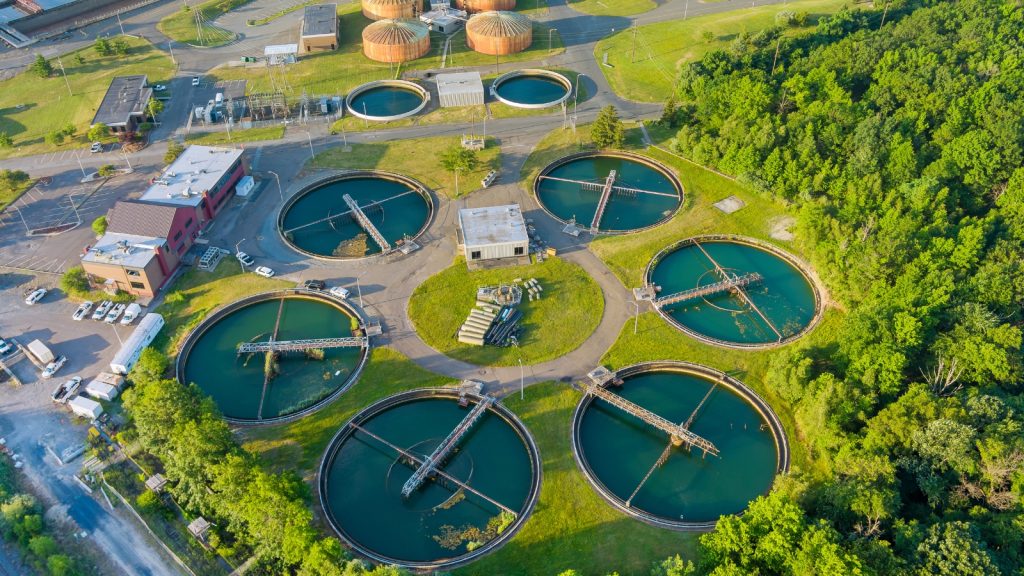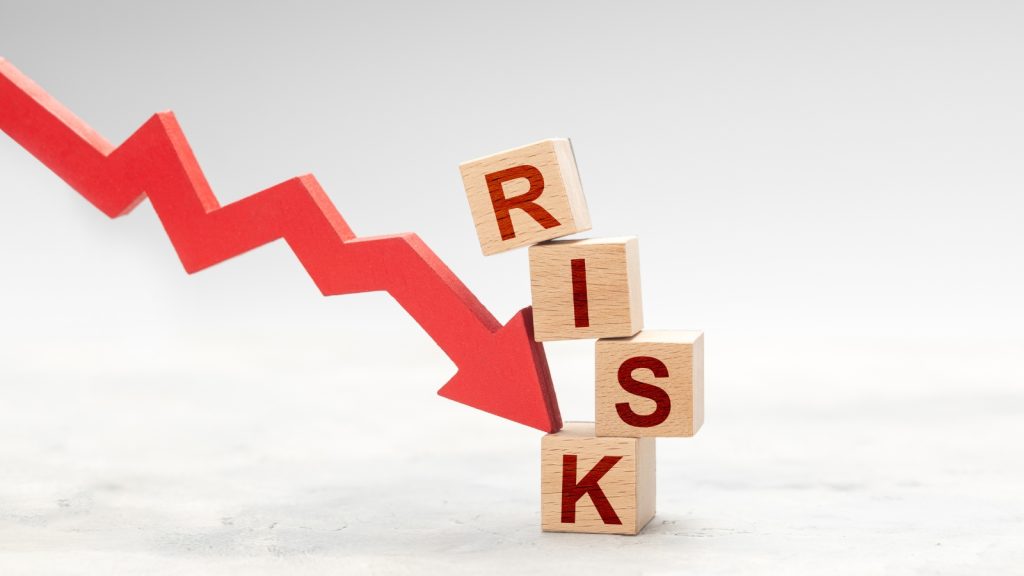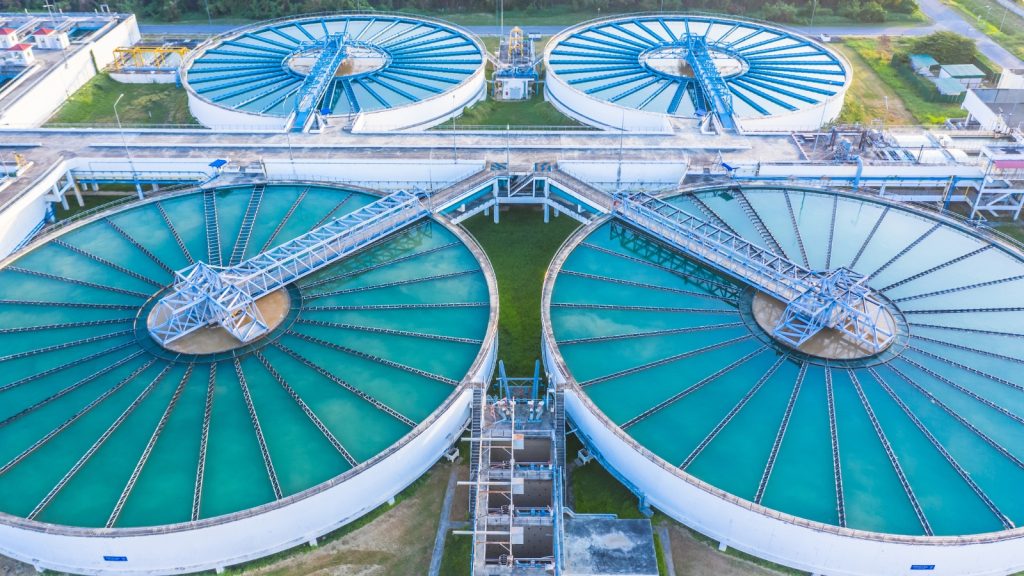In this article, we uncover why cybercriminals are increasingly targeting water utilities and what it means for your plant’s safety, operations, and trust.
We will dive into
- Why Water Utilities Are a Prime Target for Hackers
- Real-World Cyber Incidents That Sounded the Alarm
- The OT Problem: How Remote Access and Poor Segmentation Create Risk
- Why Small Utilities Have Become Big Targets
- 5 Low-Cost and High-Impact Steps for Cyber Resilience in the Water Sector
- Securing Water Utilities with Robust Cybersecurity Architecture
Why Water Utilities Are a Prime Target for Hackers

- If we deeply look into the reasons behind these attacks, we can see that hackers target water utilities because these systems sit at the heart of daily life, powering homes, hospitals, factories, and farms. People depend on them to deliver safe drinking water and handle wastewater without fail.
- But while their role stays huge, their cyber defences used to lag, especially in smaller towns that lack IT teams or cyber experts. Attackers spot these gaps fast, such as unprotected devices, factory-default passwords, and remote access setups with no real safeguards.
- They do not need to break in with advanced tricks when the front door already hangs open. Notorious hacker groups prove this, logging into control systems using easy-to-find default credentials and defacing screens or probing deeper. These are not random clicks; they test how far they can go.
- Water plants give them a perfect place to experiment, knowing even small disruptions can shake public trust.
Real-World Cyber Incidents That Sounded the Alarm

- Aliquippa Water Authority Hack—Pennsylvania, USA—November 2023
Hacktivists targeted a remote station at the Municipal Water Authority of Aliquippa in 2023. They broke into a PLC used to regulate water pressure and displayed an anti-Israel message on the touchscreen. The attack forced staff to switch to manual controls just to keep water flowing to two nearby towns.
The U.S. Cybersecurity and Infrastructure Security Agency (CISA) later confirmed that attackers exploited an internet-connected controller with weak protection.
- Southern Water Data Breach – United Kingdom – January 2024
Ransomware hackers attacked Southern Water and claimed they stole around 750 GB of sensitive data. The breach exposed identity documents like passports and driving licenses, along with HR files and corporate lease contracts. The stolen info did not just stay within employee records; it revealed personal data that could affect customers, too.
Southern Water, which serves millions in the UK, had to face serious questions about how deeply attackers had infiltrated its systems and what else they might still hold.
- County Mayo Water Outage—Ireland—December 2023
Hackers shut down an internet-connected controller that helped maintain water pressure for about 160 homes in the Erris region of County Mayo. The device came with a basic default password, which attackers easily found online.
The group operating the system could not restore operations quickly since no backup or manual override existed. This left residents without water for two days.
- Aguas e Energia do Porto Attack—Portugal—January 2023
Hackers broke into Aguas do Porto’s system and stole sensitive data, which then disrupted customer services for several days. Investigations showed that stolen passwords came from an external IT service provider.
The breach did not just affect digital files, but it also delayed water-related services across Porto.
The OT Problem: How Remote Access and Poor Segmentation Create Risk

Many skip secure VPNs and ignore proper network segmentation.
Some even leave firewalls wide open or badly set up. That is how attackers sneak into control systems and mess with PLCs.
Why Small Utilities Have Become Big Targets

- Small utilities mainly attract hackers, as they are usually stand-alone, underfunded, and underprepared.
- These teams rarely include full-time IT staff and rarely have someone who understands cybersecurity. When attackers scan for weaknesses, they usually find easy openings, like default passwords or outdated software, especially in these smaller setups.
- Plus, high-end tools like SIEMs or real-time threat detectors do not work here, as they cost too much, demand expert knowledge, and eat up time these utilities just do not have. Instead, their daily grind focuses on fixing old pipes, managing water pressure, and responding to local issues.
- So when government agencies suggest fancy cybersecurity frameworks, many small operators feel overwhelmed. They do not reject security; still, they just do not know where to begin. The gap between complex advice and ground reality keeps widening, and obviously, hackers love that gap.
5 Low-Cost and High-Impact Steps for Cyber Resilience in the Water Sector

Multifactor Authentication (MFA), Especially for Remote Access
This is where multifactor authentication (MFA) adds another step, like a phone code or fingerprint, before letting anyone in. This way, even if someone steals a password, they cannot barge into the system. When teams access water systems remotely, MFA becomes even more important.
Offline or Third-Party Backups
Water utilities need to store their data somewhere safe, away from the main network. Offline backups or trusted third-party services offer that lifeline. When an attack occurs, teams can restore operations without begging hackers or panicking over lost files.
This backup strategy helps avoid delays, service outages, and permanent data loss.
A Written Incident Response Plan
When something goes wrong, the worst time to figure out a plan is in the middle of chaos. Every water utility should write down clear steps for what to do during a cyberattack. This plan should name the key people to contact, outline how to isolate threats, and explain how to restart safe operations.
A good response plan keeps the team focused and ready. Without it, confusion spreads and recovery slows down.
Properly Configured Firewalls for In or Out Traffic
When you set up firewalls correctly, it helps filter out dangerous traffic while letting safe operations run smoothly. Teams must control both incoming and outgoing connections because malware does not just enter; it also tries to send stolen data back out. Without this barrier, attackers can stay hidden and maintain control.
Centralised Logging and Detection
Detection systems can then flag anything strange before it turns into a full-blown problem. This setup helps larger utilities act fast and with context.
Securing Water Utilities with Robust Cybersecurity Architecture

You must understand that cyber threats do not wait, and neither should your response! This is where opting for water utility systems developed by a credible cybersecurity provider brings immediate clarity, powerful detection, and long-term resilience to your water utility. You do not have to go through this chaos all alone; instead, collaborate with experts who specialise in securing complex operational environments from the ground up for a more secure digital architecture.







